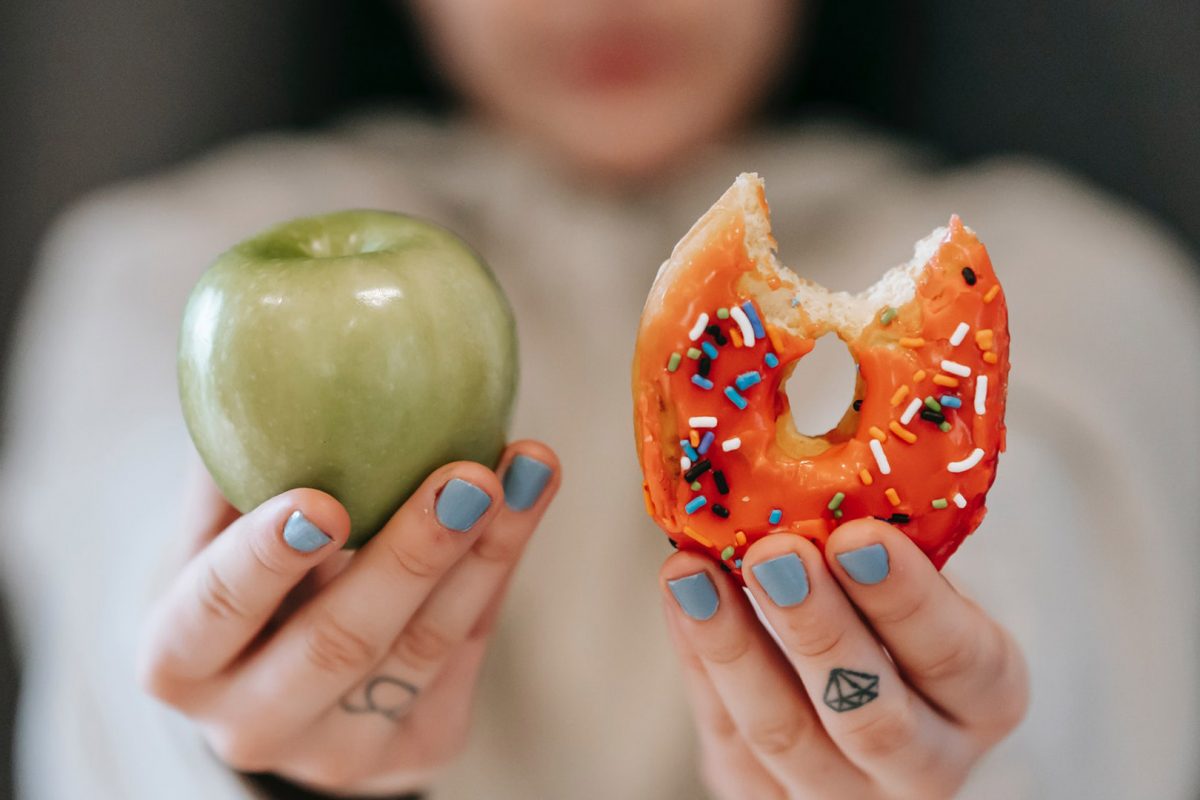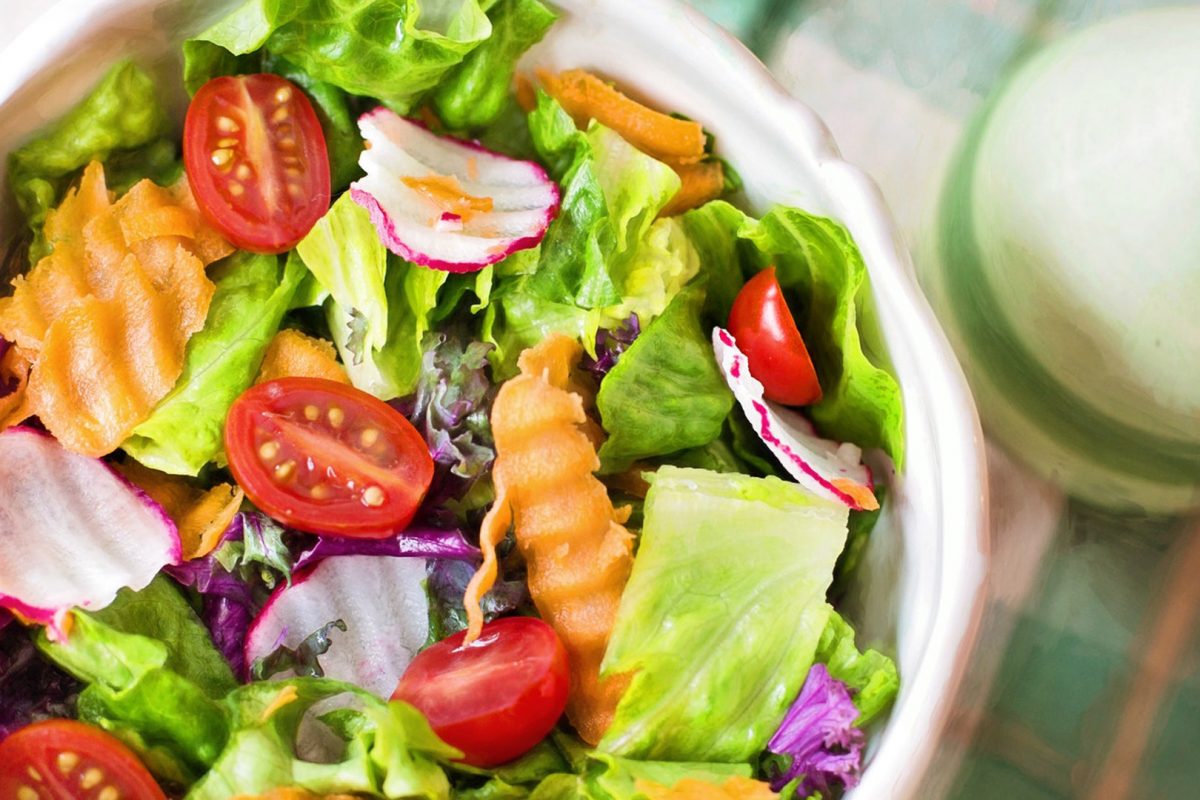Overcoming weight loss challenges can be very tough. We all know that weight loss in general is hard enough. It’s never a linear path to our desired outcome. Rather, it’s a journey filled with ups and downs and frustrating detours that sometimes make you feel like you’ve ended up right back where you started. While everyone’s journey is unique, there are some common challenges that we all tend to face. Being prepared for these obstacles can make all the difference. It is important to set a goal and maintain a healthy mentality in order to stay strong throughout the journey.
Here are five of the biggest challenges you are likely to face and the solutions to overcoming them:
1. Food cravings and addiction:
We all get cravings for certain types of food. Sometimes it may be a mild urge, while other times, it can be overwhelming. Whether it’s sugar, cheese, pizza, cakes, bread, or pasta, many people identify as being addicted to food. Our bodies are hard-wired to desire certain foods (2), and the food industry uses this fact to manufacture foods that many find irresistible. When you start a diet, you may restrict these foods and feel great for a few days, weeks, or even months. Slowly but surely, though, the cravings sneak back in and intensify as you continue to restrict them (3)
The fix:
There is not a one-size fits all approach to this challenge, and you may need to try a few different strategies to find what works best for you. A few ideas to try (4):
- Keep trigger foods out of the house, or at least out of sight
- Try something more nutrient dense like a piece of fruit, or veggies and hummus first
- Distract yourself with a walk outside or a project that will keep your mind and hands busy
- Take a 90-second break to reflect on your craving. A deep breathing exercise can help you make a mindful decision on if you really want to eat this food and how much you will eat
- Don’t allow yourself to get too hungry. Cravings are much harder to resist when you aren’t properly fueled
If you believe you are - suffering from a food or eating addiction, consider getting professional help. The Food Addiction Institute is a great place to start.
2. Lack of time
Meal planning, shopping, cooking, exercising…. it all takes time. Pile that on top of busy work schedules, family responsibilities, and all the other things on our over packed schedules. Prioritizing our nutrition can be one of the hardest things when overcoming weight loss challenges. Sometimes, it can seem like just too much (1).
The fix:
Be realistic about what you can and can’t do. If you don’t have time to food prep or cook, look for healthy prepared meals. Consider Daily Harvest, Freshly, or local meal delivery programs in your neighborhood. In addition, many supermarket chains have a prepared foods section where you can find salads, grilled chicken or salmon, and other healthy options ready to eat.
Be honest with yourself and your priorities. Take a look at where you spend your time every day. For example, how many hours a week do you spend on social media, watching TV, or playing video games? Perhaps this time could be better spent taking a walk. What about driving kids to their afterschool and weekend activities? Can you carpool or ask a partner for help? The truth is we are all living hectic lives, but when you make your health a top priority, you find ways to make time.
3. Dining out
Restaurant eating can be a real pitfall for those trying to lose weight (5). Tempting menu items and large portions make it challenging for people to stick to their healthy eating plans. And even if you think you are choosing well, chances are there are more calories in a restaurant meal than one you make at home (6.) Restaurants tend to add more oil, butter, and even sugar than you likely would.
The fix:
For many, a restaurant meal can be a planned indulgence – an opportunity to enjoy eating something you wouldn’t cook for yourself. But if eating out or ordering take-out is the norm, stop looking at restaurant meals as a treat. Instead, figure out how to make them fit into your plan. Here are a few ways to do that (7):
- Chain restaurants are required by the FDA (8) to list their nutrition information. So check out how many calories are in different meals and make your decisions accordingly.
- Don’t let temptation get the best of you. Instead, take a look at the menu BEFORE you get to the restaurant and choose a meal that best fits your healthy eating plan.
- Split the meal or order an appetizer as your main meal.
- Ask for your meal the way you want it – sauce or dressing on the side; substitute rice, fries, or potatoes with a side salad or some other vegetable option; instead of fried chicken, fish, or shrimp, see if they can grill it instead.
- Limit or avoid soda, alcohol, and dessert. Those treats that you might not have at home can really add up.
4. Social events and holidays:
It’s no secret that the holidays and social gatherings are a challenge for those trying to watch their weight or eat well. It has been reported that weight gain can be around 1-3 pounds during the winter holiday season (9). A single wedding, birthday party, or family event may not add pounds right away, but it could derail your hard work. Some people even end up skipping out on these events because they are worried about how it will impact their weight loss efforts. Overcoming weight loss challenges mean conquering eating out at restaurants!
The fix
Don’t let your diet ruin your social life or holiday celebrations, but do have a strategy in place that will allow you to enjoy the event without derailing all your hard work. The following tips may help:
- Don’t arrive hungry to the event. Eat a healthy meal and/or a snack before you go so that that you don’t have to rely on willpower alone to fight temptation.
- Focus on the purpose of the event, not the food. Look at these events as a time to gather with friends and family for some quality time.
- Have conversations away from where the food is stationed. If you’re chatting with someone right next to the cheese plate, it will be hard to resist. Move the conversation across the room where the food is out of your line of sight.
- Bring your own healthy dish to the party. Be sure to bring one of your favorite recipes that you will look forward to eating. This way, you won’t feel like you are missing out on other goodies.
- Plan your indulgences. Sometimes these events have foods you look forward to all year and are part of your family’s tradition. Honor these traditions by savoring these foods and choosing them in balance with lots of veggies, protein, and high fiber foods to keep you satiated.
5. Lack of Support
Studies show that when people have support during their efforts, they are more likely to maintain their weight loss (10). However, when your spouse, children, friends, or co-workers eat differently from you, it can be a real challenge to stick with your healthy eating plan.
The fix:
Tell the people around you about your health goals and share why this goal is so important to you. Layout specifically what you need and how they can help.
If the people in your network are not onboard, look for support in other places. The Fast Weight Loss Facebook Support Group and Community is a great place to start. It’s filled with like-minded people who can help keep you motivated. Venture outside your comfort zone and look to connect with people at the gym or join a local hiking group to meet new connections with similar goals. Even a health professional like a health coach or dietitian can be a source of support.
Being prepared for challenges is the
best way to overcome these stumbling blocks. Think about what might trip you up and have a plan in place before these challenges appear. Overcoming weight loss challenges can be tough, but using some of these tips can fixes can make a huge difference! If you find yourself struggling and can not seem to make progress, check out our weight loss programs here. You can schedule your free consultation to see how we are helping 100’s of members with overcoming weight loss challenges every day!
1. Sharifi N, Mahdavi R, Ebrahimi-Mameghani M. Perceived Barriers to Weight loss Programs for Overweight or Obese Women. Health Promot Perspect. 2013;3(1):11-22. doi:10.5681/hpp.2013.002 https://www.ncbi.nlm.nih.gov/pmc/articles/PMC3963684/
2. Volkow ND, Wise RA, Baler R. The dopamine motive system: implications for drug and food addiction. Nat Rev Neurosci. 2017;18(12):741-752. doi:10.1038/nrn.2017.130 https://pubmed.ncbi.nlm.nih.gov/29142296/
3. Meule A. The Psychology of Food Cravings: the Role of Food Deprivation. Curr Nutr Rep. 2020;9(3):251-257. doi:10.1007/s13668-020-00326-0 https://pubmed.ncbi.nlm.nih.gov/32578025/
4. Ellis E. How to Handle Food Cravings. Academy of Nutrition and Dietetics. Published April 2021. Accessed June 13, 2021. https://www.eatright.org/health/wellness/healthy-habits/how-to-handle-food-cravings
5. Kruger J, Michels Blanck H, Gillespie C. Dietary Practices, Dining Out Behavior, and Physical Activity Correlates of Weight Loss Maintenance. Prev Chronic Dis. 2007;5(1). Accessed June 13, 2021. https://www.ncbi.nlm.nih.gov/pmc/articles/PMC2248784/
6. Cohen DA, Story M. Mitigating the Health Risks of Dining Out: The Need for Standardized Portion Sizes in Restaurants. Am J Public Health. 2014;104(4):586-590. doi:10.2105/AJPH.2013.301692 https://www.ncbi.nlm.nih.gov/pmc/articles/PMC4025680/
7. 7 Tips for Healthy Dining Out. Published April 2021. Accessed June 13, 2021. https://www.eatright.org/health/wellness/fad-diets/7-tips-for-healthy-dining-out
8. Calories on the Menu. FDA. Published May 2019. Accessed June 13, 2021. https://www.fda.gov/food/nutrition-education-resources-materials/calories-menu
9. Kaviani S, vanDellen M, Cooper JA. Daily Self-Weighing to Prevent Holiday-Associated Weight Gain in Adults. Obesity. 2019;27(6):908-916. doi:10.1002/oby.22454 https://pubmed.ncbi.nlm.nih.gov/31119881/
10. Brown MM, Arigo D, Pasko K, Gupta A. Perceptions of social support for weight loss among patients in primary care. Obesity Research & Clinical Practice. 2019;13(6):594-598. doi:10.1016/j.orcp.2019.10.005 https://pubmed.ncbi.nlm.nih.gov/31744757/




